Now, have you fallen for one of the biggest anti-aging myths out there? In today’s blog post, we’re going to explore the top six.
Before we get into debunking these myths, let’s explore that term anyway: “anti-aging”. What does that even mean? For some, this is a very triggering term, but we would say that it’s not even an accurate one because the changes that we are referring to usually have very little to do with the process of aging.
Most of what we perceive as aging is actually due to premature sun damage. It’s just that “premature sun damage” is much more of a mouthful to say. In fact, if we inspect the innermost part of our arm, an area that is exposed to very little UV rays over a lifetime, we will see what true aging actually looks like. And actually, it’s quite a graceful thing. The skin is pretty smooth, a little thinner, and it might be a little bit less snappy, but at the end of the day, it’s a very different animal compared to the front of the arm for many people, where incidental UVA exposure causes the changes that we associate with anti-aging.
The changes associated with those deeply penetrating UV rays include uneven skin tone, brown spots, loss of elasticity, wrinkling, coarse texture, and broken capillaries. These are the signs of premature sun damage, and really, that’s what we think we’re talking about here. So now that we have clarity around what we’re discussing when we talk about anti-aging, let’s get into those myths.
Table of Contents
Myth 1: Aging is Determined by Your Genes
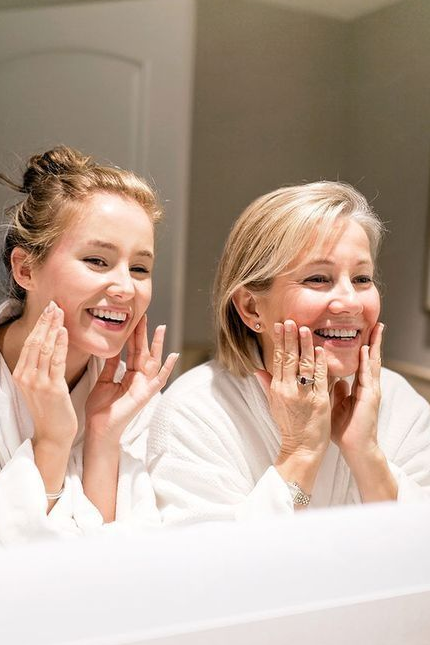
This is perhaps the best piece of news we will share with you today. So many of our physical attributes are fixed, but the appearance of aging in our skin is very much a plastic one and one that we can influence. As much as 80% of the changes we associate with aging are preventable because they are largely caused by UV exposure. That’s great news! This inbuilt plasticity in the way our skin behaves means it’s never too late to start that rigorous habit of daily sunscreen, retinoids, and antioxidants to make an impact on how your skin looks today and how it’s going to age in the future.
Myth 2: Aging is Just About Wrinkles

No, no, no! This is borne out by the number of women who’ve had Botox and fillers, but they’re still not happy with how they look. And they’re right because the brain knows that even if something is stretched out and smooth, if the texture isn’t improved, if the skin tone isn’t even and bright, if the skin isn’t healthy and hydrated, you’re still not as attractive as you might otherwise be. So there really is no substitute for putting in place a solid skincare routine.
Myth 3: Anti-Aging Products Work Immediately

Whenever you read this in a product’s marketing blurb, it’s an immediate red flag. The only thing you can influence in an immediate sense is the hydration state of the skin, and this is, after all, a temporary thing. If we’re talking about true anti-aging, we’re talking about addressing those signs of premature aging, and that means structural change to the skin. Whether it’s improving the skin texture or targeting the deeper structures in the dermis to influence the evenness of skin tone, firmness, elasticity, and so forth.
Myth 4: Moisturizers Prevent Aging

It’s very difficult nowadays to dissect what a product’s intentions often are because moisturizers do sometimes come with active ingredients, which blurs the boundaries of what is and isn’t active.
However, it’s important to understand that a moisturizer has a temporary effect on your skin. In the truest sense of the word, a moisturizer will temporarily increase the amount of water in your skin barrier, which is great and very useful. This helps oppose the harm caused by cleansing and interactions with water, whittling away at your skin barrier over the course of a typical day, particularly in winter.
Moisturizers will also help you tolerate active ingredients better, whether through a kind of occlusion effect helping improve their penetration, or indeed as a buffering element to reduce the potency so you can tolerate them better. But know that moisturizers alone will not address those critical changes we talked about: sagging, thinning, and uneven skin tone.
Myth 5: DIY Anti-Aging Products Are Effective
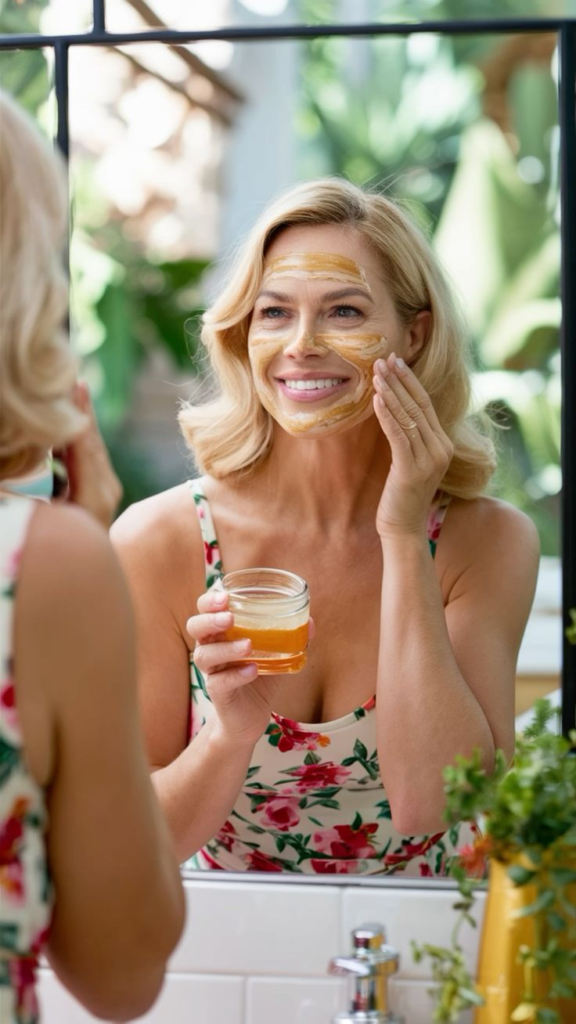
I’m afraid not. Nothing in your kitchen is going to have the same impact on your skin as skincare formulated intentionally with ingredients that are designed not only to penetrate your skin but to target specific destinations in your skin, affecting change on those key structural proteins in your dermis—collagen, elastin, and so forth. Remember, retinoids bind to specific receptors, for instance, that interact with your DNA. They act like hormones essentially. Now, there is no banana and honey mask that’s going to do the same thing for your skin.
Myth 6: Luxury Brands Are Better
Well, the continued success of certain expensive brands with relatively little science to back them up still shows that the consumer does, to some extent, relate price point with performance. But hopefully, it’s happening less and less.
We hope that with a platform like ours, you’re learning the importance of understanding what’s in a product, how much of that ingredient is in a product, and what combination of ingredients are in there so you can really make those informed choices and therefore smart investments when it comes to the active side of your skincare. We really do think that is the area where, if you’re going to make an investment, you will get the most bang for your buck, and we’re all about that.
So, there we have six top anti-aging myths busted! If you liked that, please let us know if there are any other myths you’d like us to look into in the comments down below. And do check out our other blog posts to learn more about skincare tips and tricks.
Disclaimer: In the name of full transparency, please note that this post contains affiliate links and any purchase made through such links will result in a small commission for us.

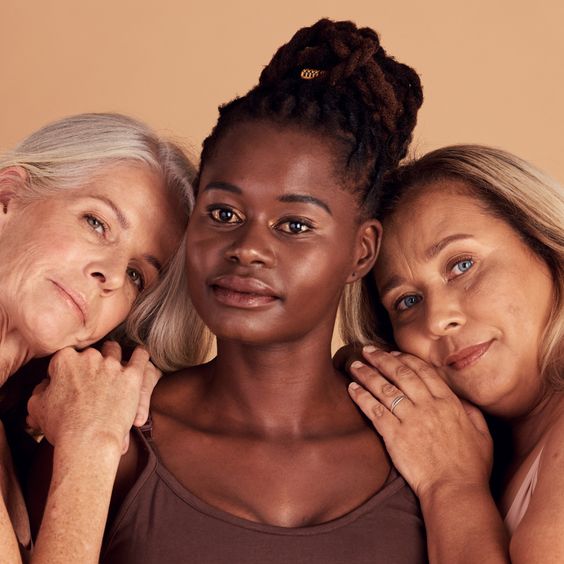

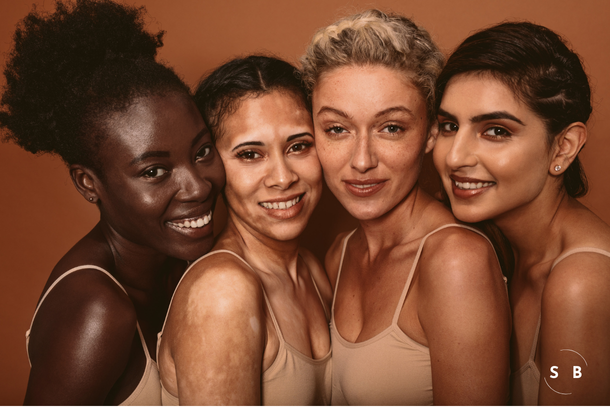
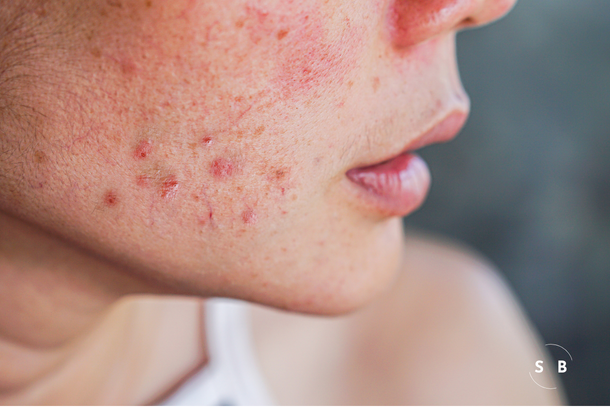
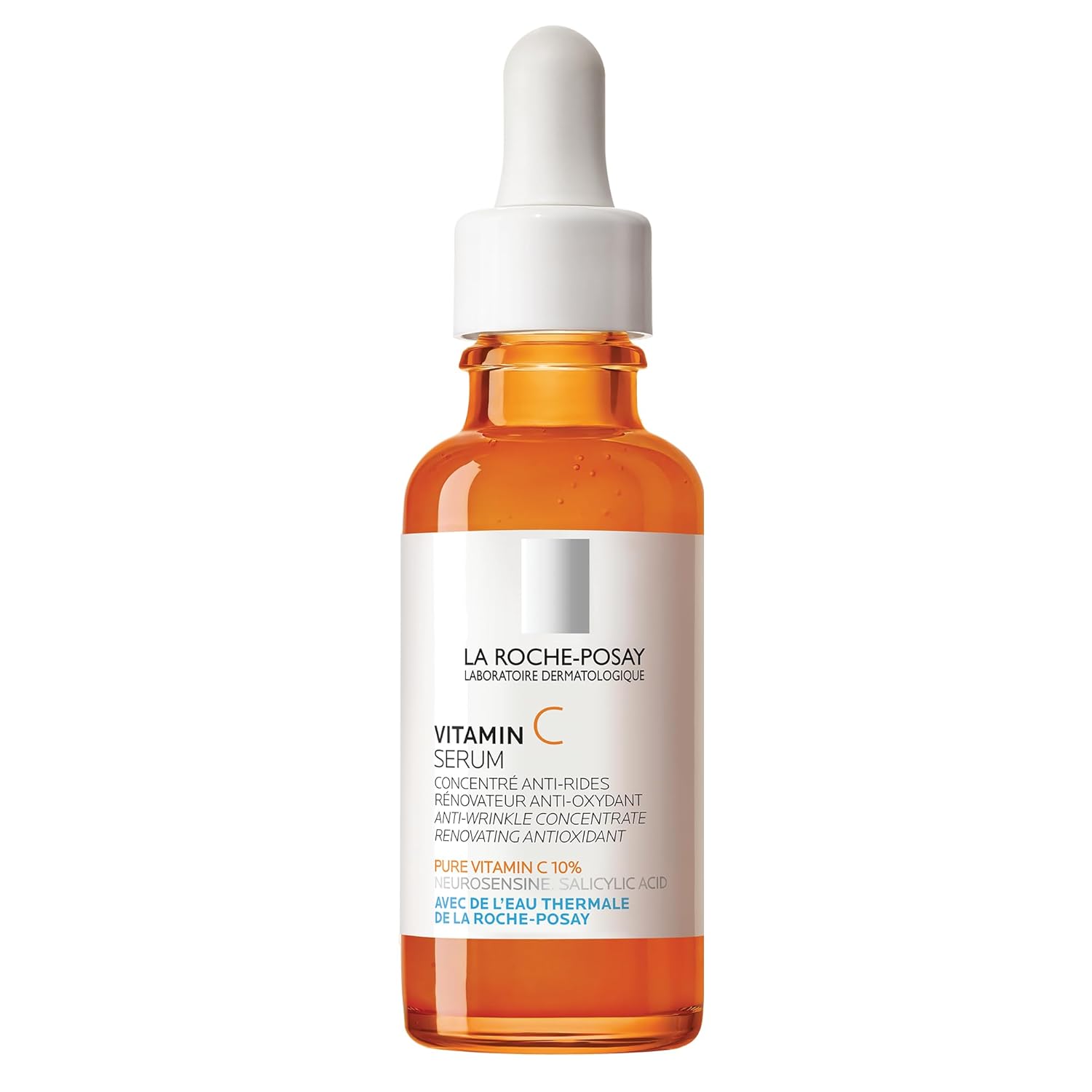
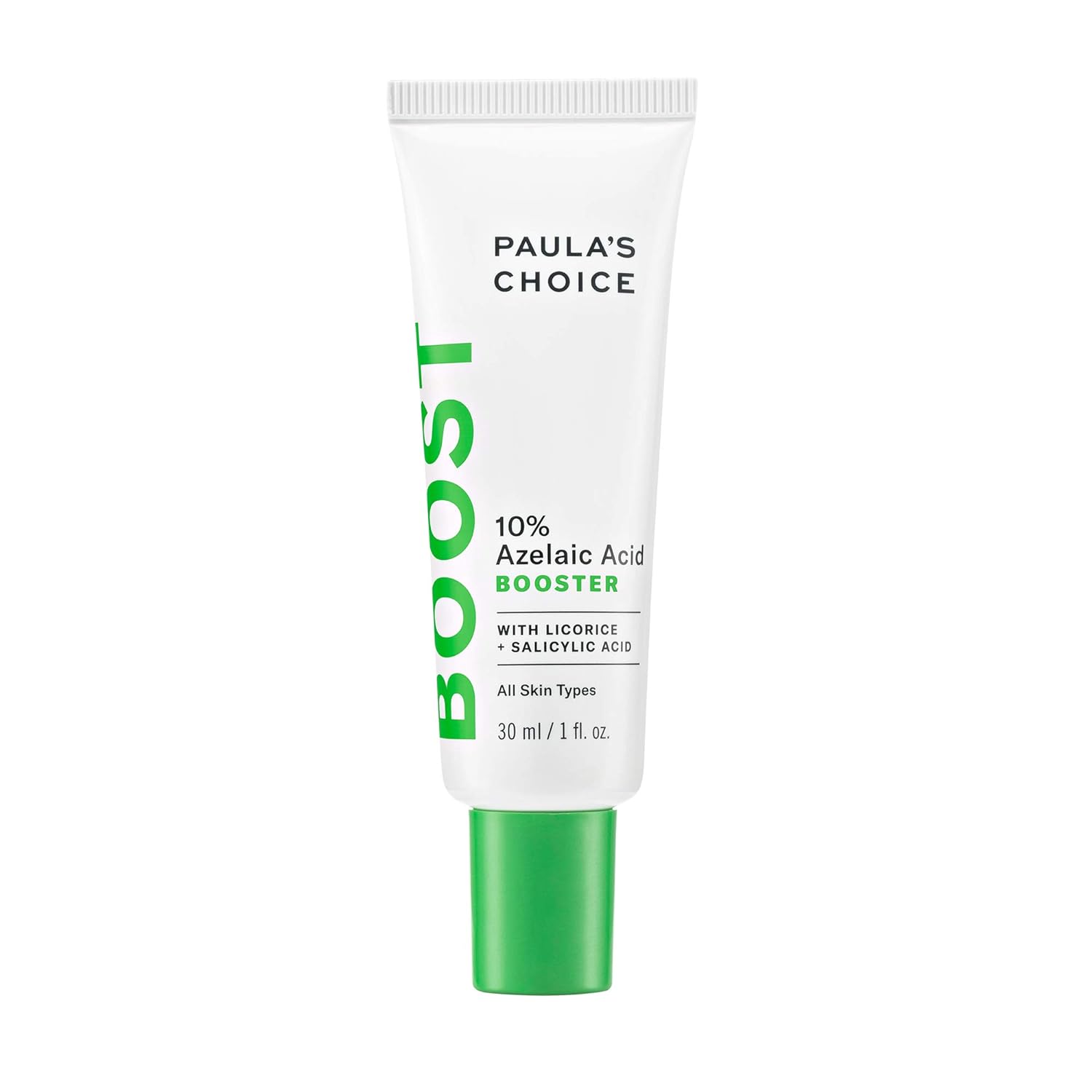
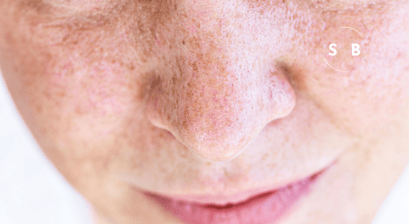
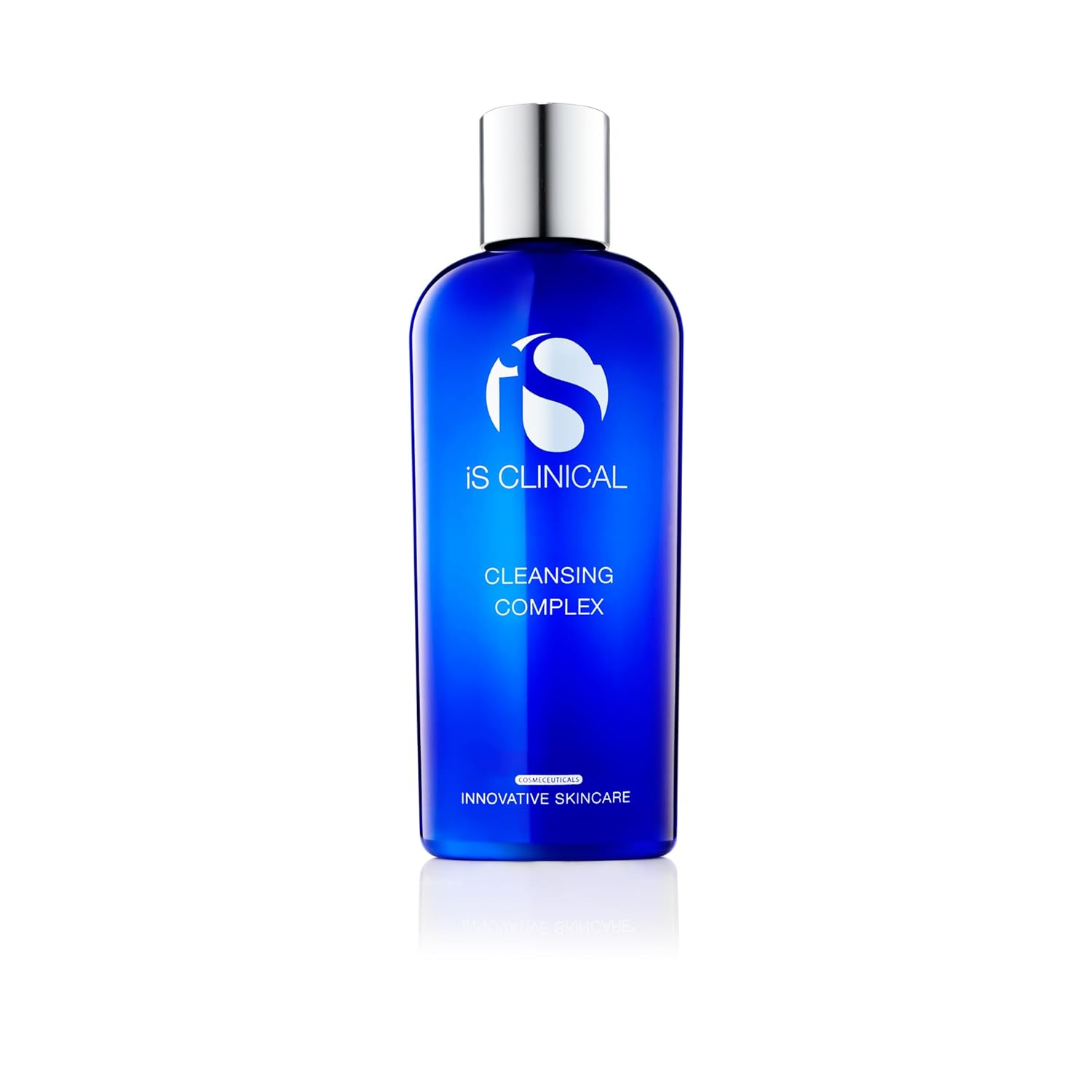
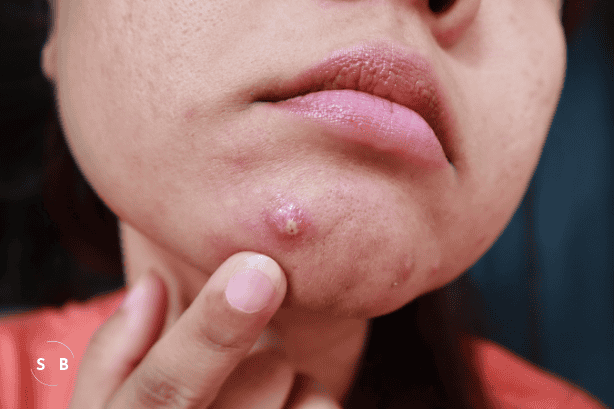
Leave a Reply